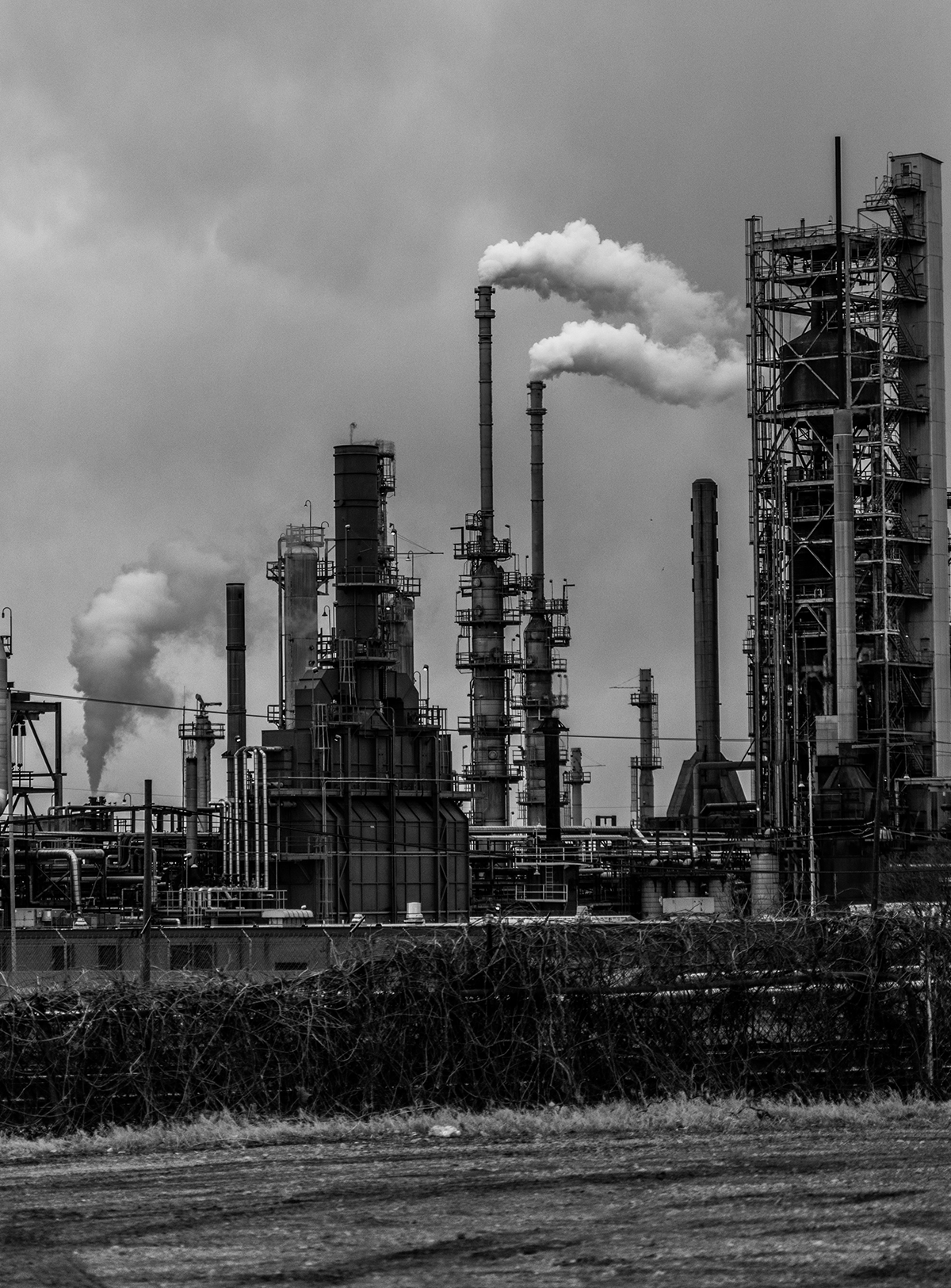Sustainable Vision of Organizations
Climate change is defined as the climate and temperature variation at a global scale based on the natural cycles. Human beings have aggravated the phenomenon through the burning of fossil fuels, the exploitation of natural resources and the excessive use of pollutants. This megatrend represents a growing threat for society, and from the perspective of organizations, the level of impact in their processes is increasing.
Published on March, 2022
Eduardo Garza & Daniela Lechuga

Companies find themselves with the need to adopt a sustainable vision, completely transforming their operations in the pursuit of reducing the impact on the environment. This vision, when it’s aligned with the strategy of the business, allows for the reduction of carbon emission levels, as well as increase the number of renewable energy sources in their processes and operations.
The new business strategy focused on addressing climate change should be a comprehensive one that meets sustainability goal while at the same time guarantee efficient and productive processes that allow for the growth and longevity of the business.
I. Economic growth and longevity. The changes in processes through the adoption of renewable energy sources, the optimization of logistics and the creation of new, sustainable products will result in benefits for the companies.
II. Process efficiency and productivity. Process transformation allows the improvement of operations, remain ahead of the curve and prepare to satisfy the new the new needs and demands of the market. The inputs would be based on renewable energy sources as well as consumables free of pollutants, resulting in a significant reduction of production costs.
III. Resource allocation. Technology and innovation will allow companies to manage their production resources with greater effectiveness. The new processes consider the optimization and efficient handling of inputs, as well as the renovation of the same, enabling to operate self-sufficiently and with lower dependence on external suppliers.
IV. Technology development and transfer. Sustainable vision boosts technological innovation and development. The immediate results consider the creation of digital renewable infrastructures and intelligent connections. Also, the efficiency and speed of the productive process transformation will depend on the level of adoption of technology.
V. Coexistence with norms and environmental laws. The environmentally responsible organizations will be able to comply with the growing sustainability demands, reducing the risks of being sanctioned and guaranteeing the continuity and profitability of their operations. The number of environmental laws and requirements mandated to operate freely are growing every day, forcing the companies to plan a renewed business strategy.
The transformation of organizations that stem from addressing climate change represent a great opportunity to increase their profitability and value in the market. The use of renewable energy sources enables the reduction of operational costs, boosting self-reliance and risk mitigation of disruptive events. The new vision will be spurred by the adoption of technology and innovation, resulting in the capability of accelerating transformation targeting the reduction of impacts to the environment.
(PDF Article Only Available in Spanish)
The new business strategy focused on addressing climate change should be a comprehensive one that meets sustainability goal while at the same time guarantee efficient and productive processes that allow for the growth and longevity of the business.
I. Economic growth and longevity. The changes in processes through the adoption of renewable energy sources, the optimization of logistics and the creation of new, sustainable products will result in benefits for the companies.
II. Process efficiency and productivity. Process transformation allows the improvement of operations, remain ahead of the curve and prepare to satisfy the new the new needs and demands of the market. The inputs would be based on renewable energy sources as well as consumables free of pollutants, resulting in a significant reduction of production costs.
III. Resource allocation. Technology and innovation will allow companies to manage their production resources with greater effectiveness. The new processes consider the optimization and efficient handling of inputs, as well as the renovation of the same, enabling to operate self-sufficiently and with lower dependence on external suppliers.
IV. Technology development and transfer. Sustainable vision boosts technological innovation and development. The immediate results consider the creation of digital renewable infrastructures and intelligent connections. Also, the efficiency and speed of the productive process transformation will depend on the level of adoption of technology.
V. Coexistence with norms and environmental laws. The environmentally responsible organizations will be able to comply with the growing sustainability demands, reducing the risks of being sanctioned and guaranteeing the continuity and profitability of their operations. The number of environmental laws and requirements mandated to operate freely are growing every day, forcing the companies to plan a renewed business strategy.
The transformation of organizations that stem from addressing climate change represent a great opportunity to increase their profitability and value in the market. The use of renewable energy sources enables the reduction of operational costs, boosting self-reliance and risk mitigation of disruptive events. The new vision will be spurred by the adoption of technology and innovation, resulting in the capability of accelerating transformation targeting the reduction of impacts to the environment.
(PDF Article Only Available in Spanish)
Download
PDF Article
Related Capabilities Accelerator Capital Solutions Data & Analytics Marketing & Sales Operations Organization & Transformation Strategy & Corporate Finance




